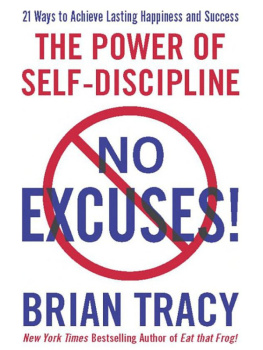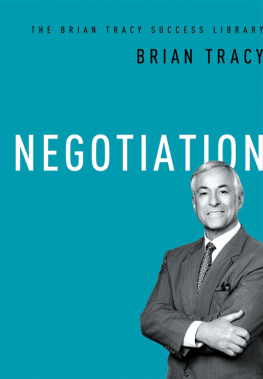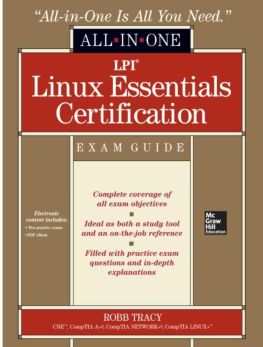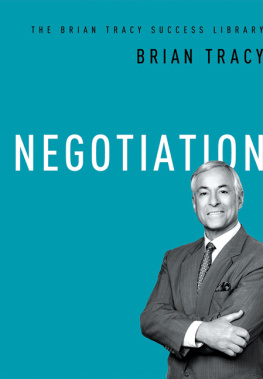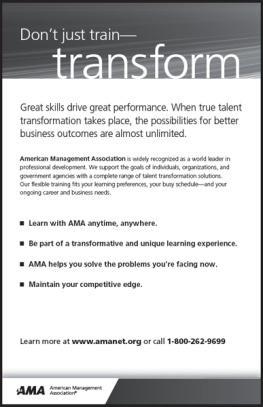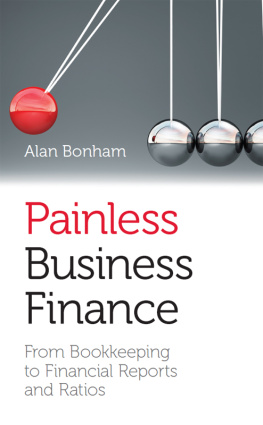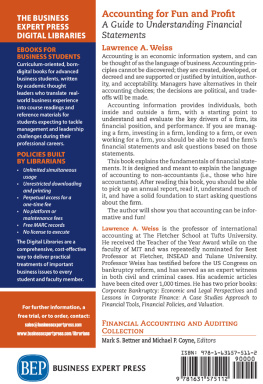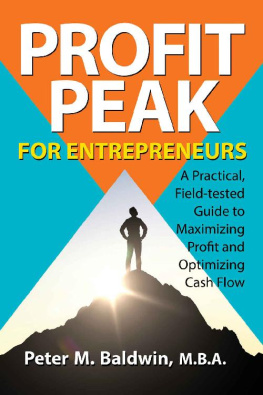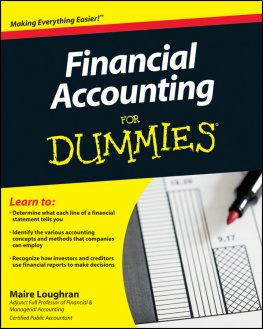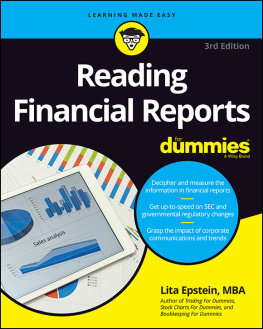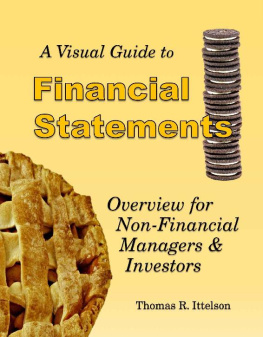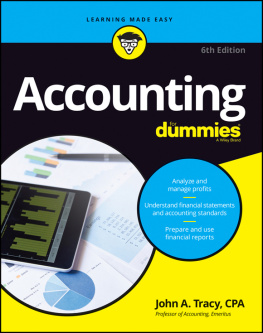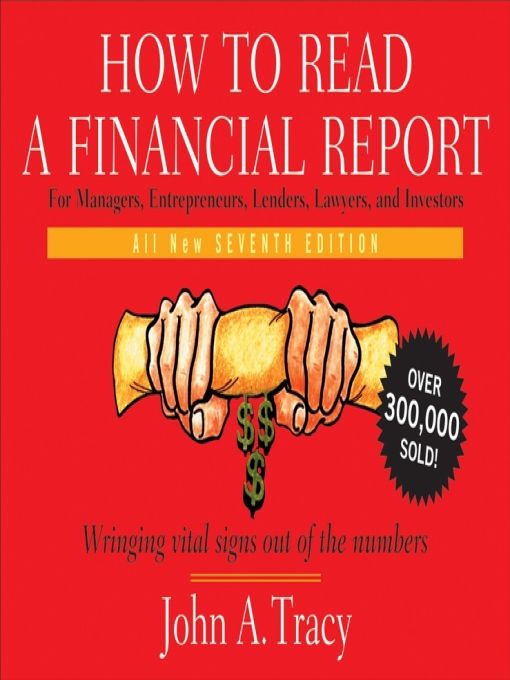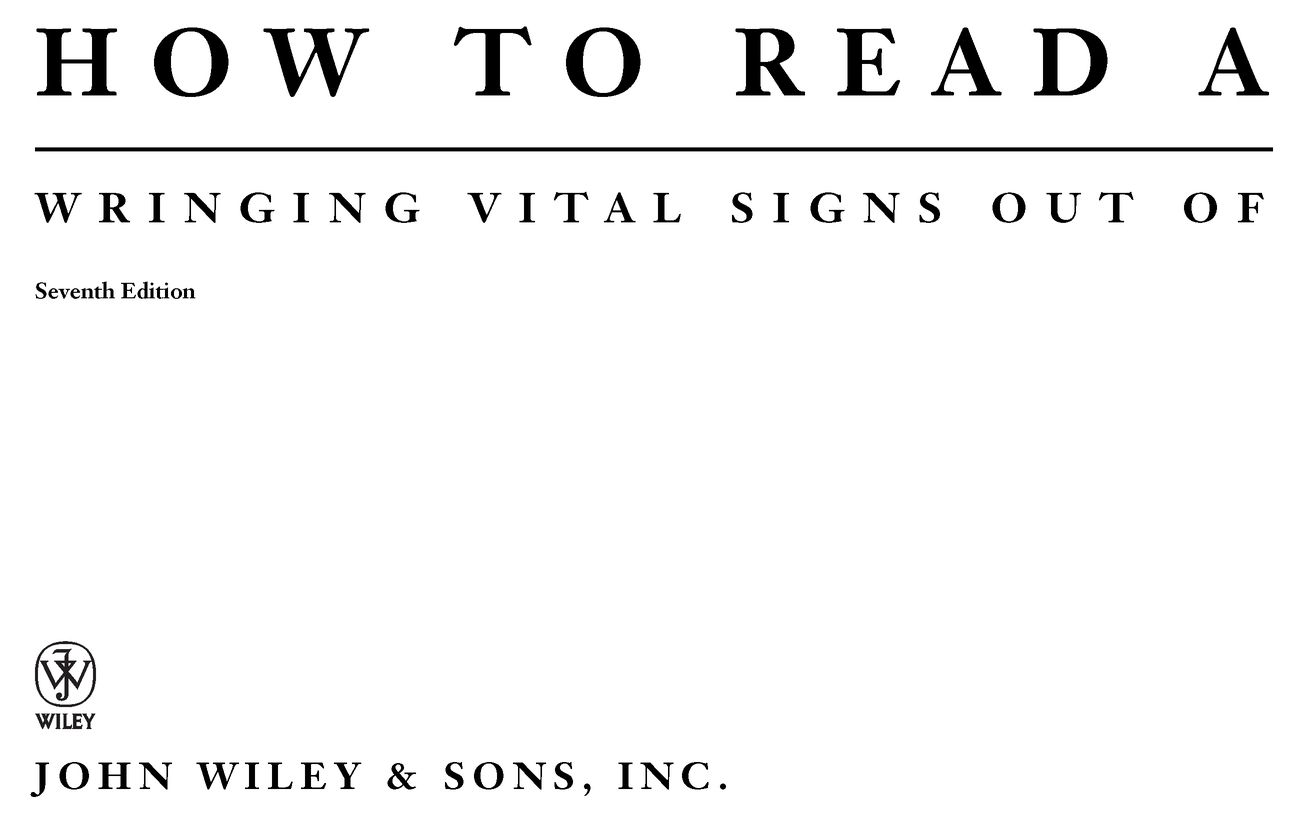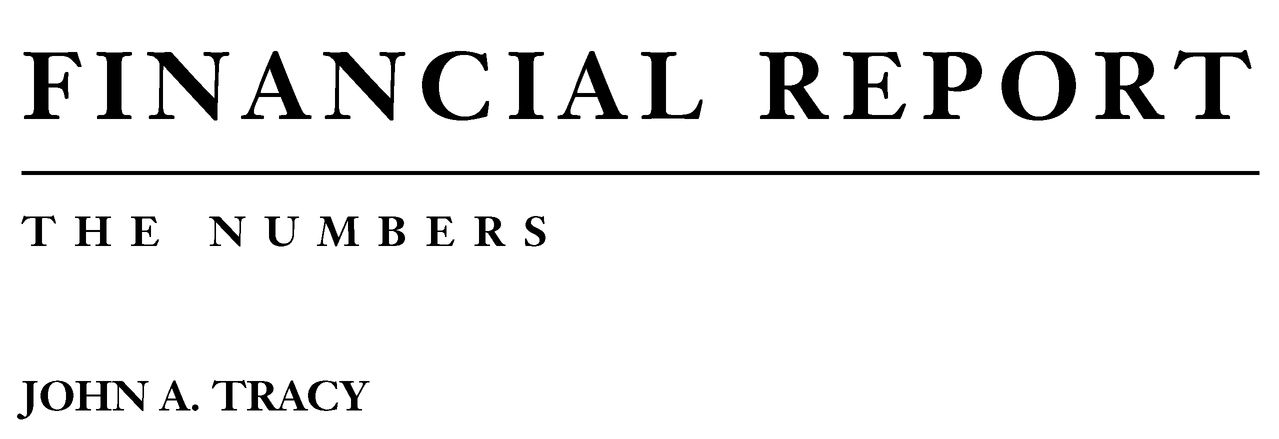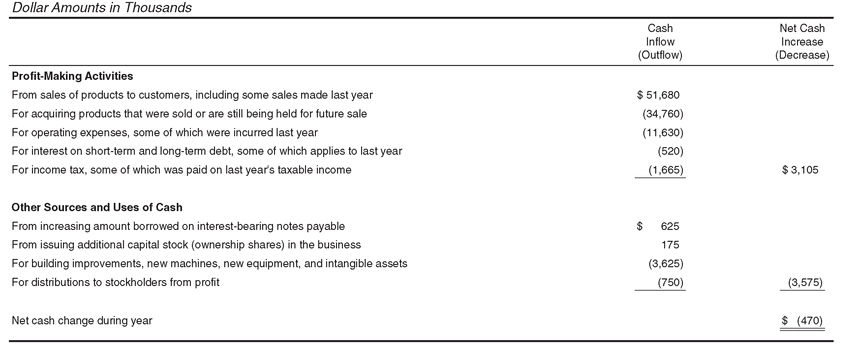Table of Contents
PREFACE TO THE SEVENTH EDITION
When I started this book, we had no grandchildren; we now have 12. At the time the first edition was released in 1980, the Dow Jones Industrial Average hovered around 850 (really!). This most-watched stock market index reached 11,700 in early 2000, and then it abruptly plunged, causing a big dent in my retirement savings. The Dow recovered over the following years, but then dropped again. As I write this sentence the Dow is on the north side of 8,000. As J. P. Morgan once said: The market will fluctuate. Millions of individuals keep their money in the stock market, and stock investments are a large part of most retirement plans. Knowing how to read a financial report is as important as ever.
In the Preface to the sixth edition I spoke about the alarming surge of financial reporting frauds that culminated in the infamous Enron scandal, which brought down the venerable CPA firm Arthur Andersen. The fallout from these financial frauds was widespread and caused billions of dollars of losses to investors. The good news is that we have come a long way from those dismal days.
The federal legislation passed in response to the Enron debacle has been largely effective. Corporate executives and CPA auditors of public companies now operate under new rules. The general view is that the new rules governing financial reporting and auditing will make the stock market a fairer place to invest money. But we shouldnt let our guard down. The first defense is, as always, to have a clear-minded understanding of financial statements and the limits of financial reporting.
This edition catches up with the major changes in financial reporting and auditing since the previous edition. At the top of this list is the movement toward international financial reporting and accounting standards. At the same time, the basic architecture of the book remains unchanged. The framework of the book has proved very successful for more than 25 years. Id be a fool to mess with this success formula. My mother did not raise a fool. Cash flows are underscored throughout the book. This cash flow emphasis is the hallmark of the book.
All the exhibits in this edition have been refreshed to make them clearer and crisper. I prepared these exhibits as Excel worksheets. To request a copy of the workbook file of all the exhibits, please contact me at my e-mail address: tracyj@colorado.edu. Im retired now, so I have more time to read and answer my e-mails. I express my sincere thanks to all of you who have sent compliments about my book. The royalties from sales of the book are nice, but the bouquets from readers are icing on the cake.
Not many books of this ilk make it to the seventh edition. It takes a good working partnership between the author and the publisher. I thank most sincerely the many persons at John Wiley & Sons who have worked with me on the book for going on three decades now. The suggestions on my first draft of the book by Joe Ross, then national training director of Merrill Lynch, were extraordinarily helpful. The continuing support of Debra Englander, Executive Editor at Wiley, is much appreciated. And Id be remiss without mentioning Mary Daniello and Kelly OConnor, who have been such a pleasure to work with. Thanks go, too, to the staff at Cape Cod Compositors.
I dedicate this book to Gordon B. Laing, my original editor and sponsor of the book. His superb editing was a blessing that few authors enjoy. His guidance, encouragement, and enthusiasm made all the difference. He was a true gentleman who taught me a great deal about writing. His criticisms of my manuscript drafts were sharp but always kindly and supportive. Gordon took much pride in the success of the bookas well he should have! To my great sorrow Gordon died in early 2003. If somehow he can hear this message, Id like to say again: Gordon, I couldnt have done it without you.
JOHN A. TRACY
Boulder, Colorado
March 2009
Part One
COMPONENTS AND CONNECTIONS IN FINANCIAL STATEMENTS
STARTING WITH CASH FLOWS
Importance of Cash Flows: Cash Flows Summary for a Business
Business managers, lenders, and investors, quite rightly, focus on cash flows. Cash inflows and outflows are the heartbeat of every business. Without a steady heartbeat of cash flows, a business would soon die.
So, well start with cash flows. For our example I use a business that has been operating many years. This established business makes profit regularly and, equally important, it keeps in good financial condition. It has a good credit history, and banks lend money to the business on competitive terms. Its present shareowners would be willing to invest additional capital in the business, if needed. None of this comes easy. It takes good management to make profit consistently, to secure capital, and to stay out of financial trouble. Many businesses fail these imperatives.
summarizes the companys cash inflows and outflows for the year just ended, and shows two separate groups of cash flows. First are the cash flows of its profit-making activitiescash inflows from sales and cash outflows for expenses. Second are the other cash inflows and outflows of the businessraising capital, investing capital in assets, and distributing some of its profit to shareowners.
I assume youre fairly familiar with the cash inflows and outflows listed in . Therefore, Ill be brief in describing the cash flows at this early point in the book:
The business received $51,680,000 during the year from selling products to its customers. It should be no surprise that this is its largest source of cash inflow. Cash inflow from sales revenue is needed for paying expenses. During the year the company paid $34,760,000 for the products it sells to customers. And, it had sizable cash outflows for operating expenses, interest on its debt (borrowed money), and income tax. The net result of its profit-making activities is a $3,105,000 cash increase for the yearan extremely important number that managers, lenders, and investors watch closely.
Moving on to the second group of cash flows during the year, the business increased the amount borrowed on notes payable by $625,000, and its stockholders invested an additional $175,000 in the business. Together these two external sources of capital provided $800,000, which is in addition to the internal $3,105,000 cash from its profit-making activities during the year. On the other side of the ledger, the business spent $3,625,000 for building improvements, for new machines and equipment, and for intangible assets. Finally, the business distributed $750,000 cash to its shareowners from profit.
The net result of the cash inflows and outflows is a $470,000 cash decrease during the year. Dont jump to any conclusions yet; the net decrease in cash in and of itself is neither good nor bad. You need more information than just a summary of cash flows to come to any conclusions about the financial affairs of the business.
SUMMARYOF CASH FLOWS DURING YEAR


